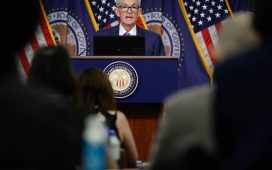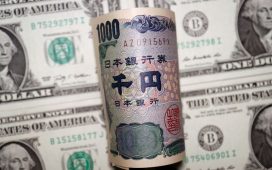People feel a collective sense of foreboding, having lived through the pandemic years, according to Dipanjan Chatterjee, vp and principal analyst at Forrester Research.
Speaking at ADWEEK’s Commerceweek event this week in New York, Chatterjee explained that 48% of people are worried about the next 10 years. In fact, more people are worried about the future than they are about the present, the Forrester data shows.
These pessimistic consumers are also short on cash and concerned about how inflation has made everyday items hard to afford. It’s also bad news for marketers, since economic and financial stress influence retail sales. These factors make marketing more competitive than it used to be. More companies are battling for consumer attention, leading more of them to build experiences into their product and service offerings.
“[A pandemic] is something that happens once in many lifetimes,” Chatterjee told the audience. “It’s just too bad it happened in our lifetime.”
‘Money’s running out’
At the height of the pandemic, the stock market boomed. Stimulus and aid packages padded U.S. consumers’ pockets, and many people embraced online ordering when quarantining.
By now, the analyst explained, the money’s run out.
“Consumers have this sense of foreboding. Money’s running out, and they’re worried because of that,” Chatterjee said. “We spent it all. We bought those Birkin bags and went on vacation.”
Brands, look at price markers
Inflation peaked in 2022 at 9.1%—the highest rate since 1981. Although its fallen since then, finances are still fraught for many consumers.
“Here’s the thing about inflation, though. It compounds,” Chatterjee said. “If you compare the price of food from the onset of the pandemic to now, things cost 25% more.”
To monitor inflation, Chatterjee looks at price anchors, or cultural markers like the Big Mac. One McDonald’s location in Darien, Conn. went viral online for charging $18 dollars for the meal.
Clearly, surging prices are top of mind.
This week news of Wendy’s dynamic menu pricing, which some misconstrued as price gouging, spooked people and government leaders alike.
Fighting for fewer dollars
Chatterjee’s urging brands to pay closer attention to kitchen-table economics.
“What you have is an anxious, jittery consumer—one who sits at the kitchen table wondering how to get more value,” he said.
Specifically, brands are thinking about how to add more value to consumers, now that they must stand out in a more competitive marketplace.










